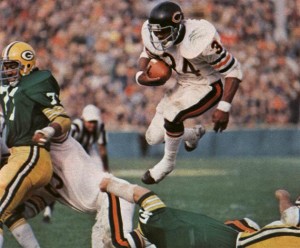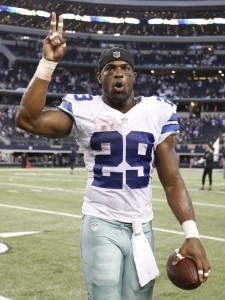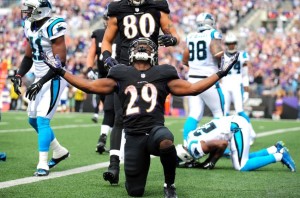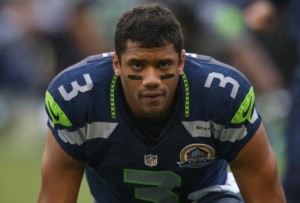Was Walter Payton the biggest workhorse in NFL history? In 1977, he gained 43.5% of Chicago’s total offensive yards. The next year, it was 39.5%, and the year after that, it was 39.1%. Payton also was responsible for 37.8% of the Bears output in ’76, 36.2% of the team’s yards in ’84, and 35.8% of Chicago’s offense in 1980.
But wait, there’s more! In ’82 and ’85, Payton was responsible for 33.1% and 33.5% of his team’s offense, and in ’81 and ’83, it was 32.7% and 32.8%. For ten seasons, Payton was responsible for at least thirty-three percent of his team’s offense! And in 1986, he gained 30.6% of all Chicago yards.
Yesterday, we looked at the single-season leaders in percentage of team yards. Today, the career list, using a 100-95-90 weighting method. What’s that? To avoid giving too much credit to compilers, I did not assign full credit to each season, and instead used the following methodology:
1) Calculate the total yards from scrimmage by each player in each season since 1932.
2) Calculate the total team yards (excluding sacks) by that player’s team. Players who played for multiple teams in a season were therefore prejudiced by this methodology.
3) Calculated the percentage of team yards gained by each player in each season since 1932. This was the basis of yesterday’s post.
4) Order each player’s career from best season (per step 3) to worst.
5) Give each player 100% credit during his best season, 95% credit during his second best season, 90% during his third best, and so on. So for Payton, we give him 100% of 43.5%, 95% of 39.5%, 90% of 39.1%, 85% of 37.8%, and so on.
6) Sum the values in step 5 for each player for each season to get a career grade.
That career grade doesn’t mean much in the abstract — Payton’s grade is 318% — but when we order the list, it does provide some limited insight as to which players have been the biggest workhorses in NFL history. This is far from a perfect formula, but I do think it’s interesting. Note that I also performed the same analysis using a 100-90-80 method — to give even less value to compilers — and not a single player moved up or down in the top 15. The table below shows the top 150 players by this metric: [continue reading…]










